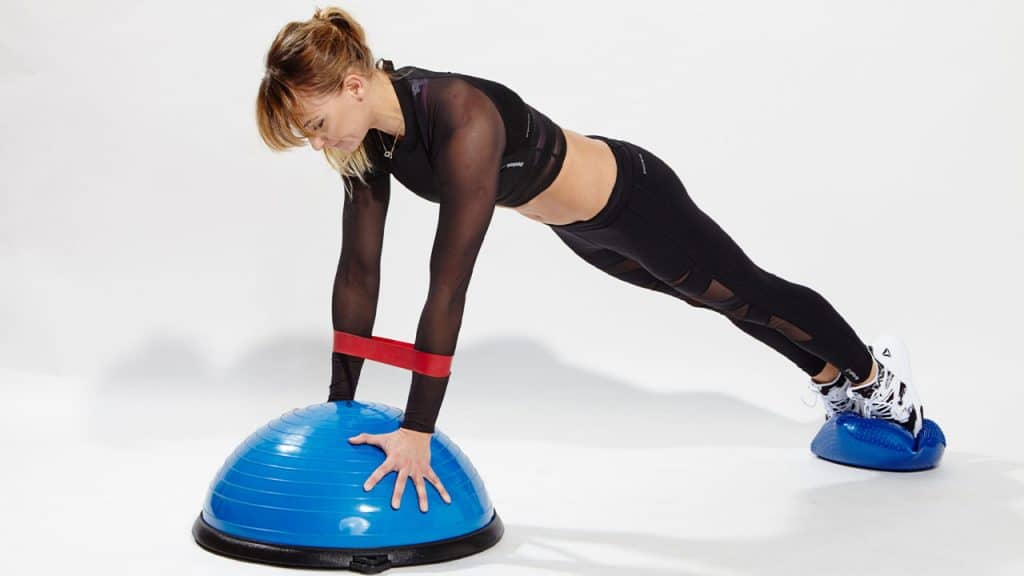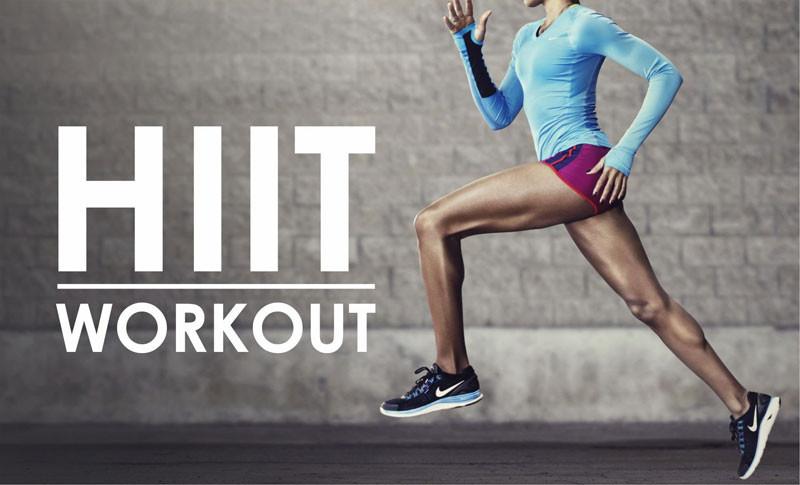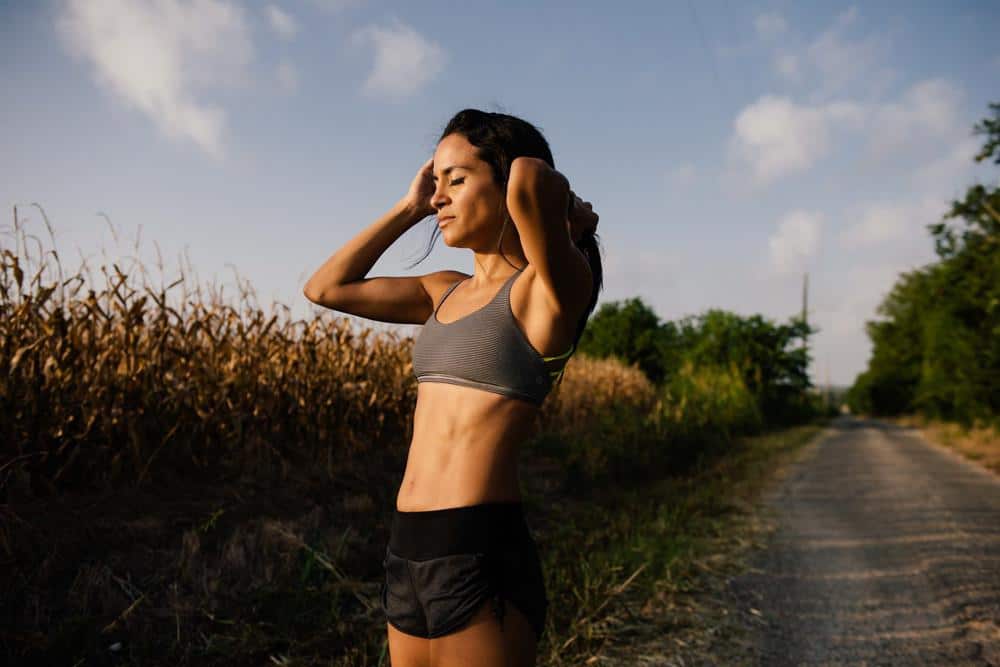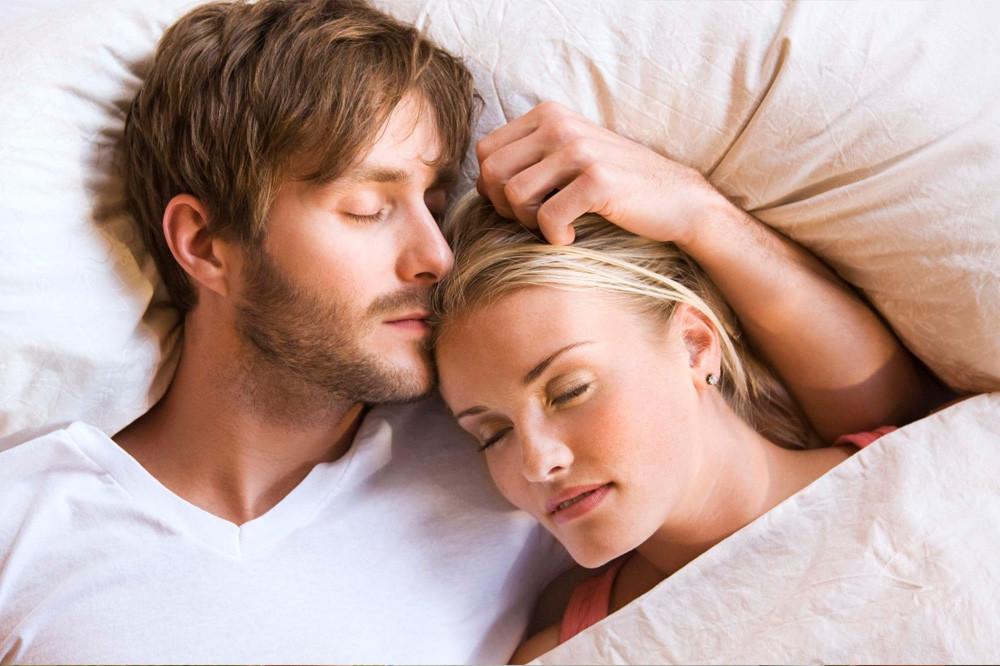Ah, mobility. It’s something most of us have in youth but then slowly erodes as we get older. Muscles and joints become stiffer, and we can’t move in the way that we used to. For other people, such as those with injuries or disabilities, mobility is always going to be difficult. If you can, you should probably try to do something to make your mobility better.
When it comes to exercise, the attention often focuses on the high-impact cardio or the power needed to lift the heaviest weights. Mobility training may fall by the wayside. It’s mobility, however, that improves the overall performance of your bones and muscles, making everything else in your body work better. Without it, you’re more likely to experience aches and pains at a younger age.
So what, exactly, is mobility? Well, in the physical and health context, it’s about the movement and flexibility of the body. It’s particularly relevant to the joints, the connections that hold your bones together. Ankles, knees, hips, wrists, elbows, and shoulders are all joints that allow the body to move. Muscles, tendons and ligaments are also involved.
Everyone has a different, natural range of motion in their joints. There is a point at which you can’t push them any further, and that’s fine. As you get older, this point is likely to reduce. Normal wear and tear can slow you down, as can conditions such as arthritis. Meanwhile, those who constantly work on improving flexibility, such as gymnasts, have a range of motion that can look extraordinary from the outside.
The most important exercises when it comes to mobility and flexibility are stretches. You should never stretch cold muscles; after you’ve warmed up and before you start the main bulk of your exercise is the perfect time. It doesn’t only improve mobility, it also means you’re less likely to injure yourself during the more high-impact stuff. Stretch again after your session as part of the cooldown.
You probably do some stretching in your day-to-day life anyway. It’s a natural response when you first wake up or when moving for the first time after a long time seated in the same position. When stretching as part of an exercise routine, however, you do need to be careful. Doing it wrong or pushing too hard can cause damage.
Stretching is often divided into static and dynamic exercises. Static is when you stand still as you stretch your muscle to its furthest point and hold it. Dynamic stretches include movement such as lunges, which help increase blood flow. You can use external equipment, such as bands and blocks, to help you stretch.
In yoga or Pilates, stretching is likely to form a central part of your session. Most types of exercise, however, can benefit from some stretching as part of warming up or cooling down before and afterward. This includes running, swimming and work in the gym. However you do it, it’s best to consult with a professional trainer or instructor who can help you get it right. If you’re recovering from an injury, talk to your doctor or physical therapist first.
Mobility is incredibly important, and it requires a conscious effort if you want to maintain or even improve it.




